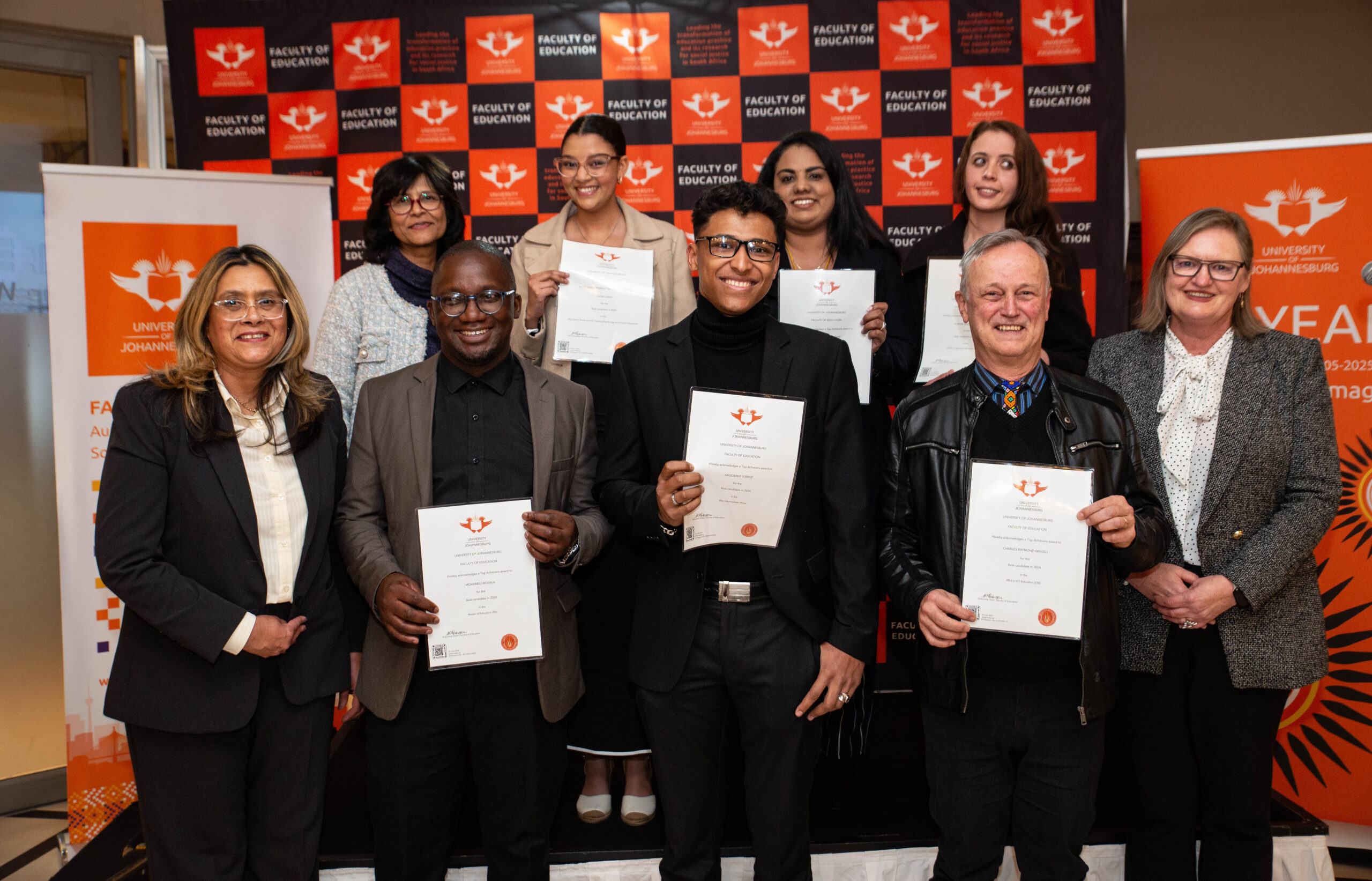A team of scientists from the University of Johannesburg (UJ), collaborating across theoretical and experimental physics and computer science, have developed and trained a new Machine Learning (ML) technique, to finally predict and diagnose diseases such as lung cancer, tuberculosis, cardiovascular diseases and malaria. Their far-reaching results were recently published in IEEE Xplore in 2019.
The accurate diagnosis of diseases is critical to the survival of humans. At times, due to the overlapping nature and similarities of the symptoms, it can be challenging for an inexperienced clinician to properly diagnose diseases. Misdiagnosis of diseases has often led to increased costs, time and even death.
However, to save costs and improve quality of human diagnosis, Artificial Intelligence (AI) techniques have been applied. According to the white paper released by healthcare advisory, PinnacleCare, 64% of medical practitioners surveyed testified that 10% of mis-diagnosis lead to serious injury.
But now, UJ scientists have made a significant breakthrough in both technique and understanding. Based on a suite of artificial neural networks (ANN) that they had designed and trained to acquire knowledge about the task at hand, machine learning has discovered a new forest building method.
Lead author, Prof Qing-Guo Wang, Institute of Intelligent Systems, UJ, said: “The case study on the diagnosis of autistic spectrum disorder shows that the proposed method achieves the prediction accuracy of the ensemble at above 96% with reduced variance, which is much better than those reported in the literature”.
‘In this new collaboration with Professor Tshilidzi Marwala, UJ’s Vice-Chancellor & Principal (a leading AI expert) and Mr Adeola Ogunleye, Machine Learning Engineer, we combined ‘Decision Trees’ and regression methods which are usually in two difference branches of machine learning to take advantage of each.’
A number of intelligent systems integrate two or more AI techniques (ANN, SVM, KNN) with a fuzzy logic system to form a Hybrid Expert System (HES) reaping the advantages of various techniques.
It is a milestone for randomisation to be introduced at tree growth and forest creation. The local prediction accuracies on the leaves are used to select a subset of the test data for actual predictions. The ensemble combines trees and gives a better performance than the individually best performing tree.
By fusing tree-based machine learning with a random order the scientists believe that the symptoms of an ailment from a patient serves as the input vector to diagnose the ailment with the AI model. “There is an urgent need for the development of easily implemented, automatic and effective screening methods. This will help health professionals and inform individuals whether or not they should pursue a formal clinical diagnosis,” say the UJ team.
The good news for South Africa: With the knowledge and experience acquired in the above-mentioned and other recent publications, the UJ team has already started a collaborative project with Charlotte Maxeke Academic Hospital for AI based diagnosis of breast cancer of local patients. Furthermore, UJ is considering expanding this kind of AI work to a much big scope by significant funding in order to address more common diseases in this country.






